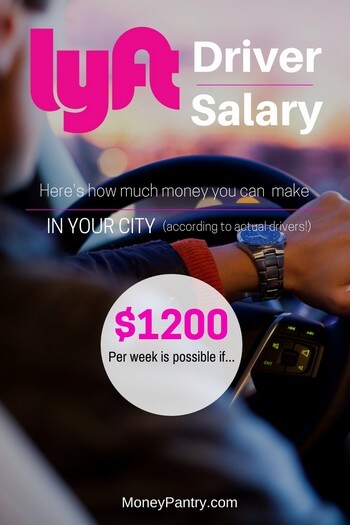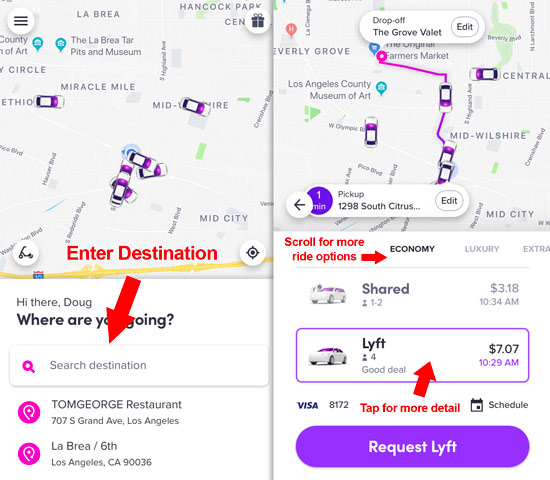How Much Money Can I Make With Lyft

Imagine cruising down a sun-drenched street, music humming softly, as you pick up a friendly passenger heading to their favorite brunch spot. The city unfolds outside your window, each ride a mini-adventure, and the thought pops into your head: "Could I actually make a decent living doing this?" The allure of flexible hours and being your own boss is undeniable, but the big question remains – how much can you really earn driving with Lyft?
The truth is, there's no one-size-fits-all answer. Earnings with Lyft depend on a mix of factors: location, time of day, vehicle type, and your personal driving strategy. This article dives into the realities of driving for Lyft, providing insights to help you understand the potential income and make informed decisions.
Lyft, one of the leading rideshare companies, offers an alternative to traditional taxi services. Drivers use their own vehicles to transport passengers who request rides through the Lyft app. This system provides both convenience for riders and earning opportunities for drivers seeking flexible work.
Understanding the Earning Potential
Several factors affect your potential earnings as a Lyft driver. Location is paramount. Drivers in bustling metropolitan areas with high demand typically earn more than those in smaller towns.
According to Lyft's website and driver testimonials, peak hours and surge pricing are critical for maximizing income. During rush hour, weekends, and special events, fares increase due to higher demand.
The type of vehicle also plays a role. Larger vehicles that qualify for Lyft XL or Lux services command higher fares.
Breaking Down the Numbers
While Lyft doesn't guarantee specific earnings, reports and surveys offer insights into typical driver income. Indeed.com estimates that the average Lyft driver in the United States earns around $15-$25 per hour before expenses.
Keep in mind that this is just an average. Actual earnings can fluctuate significantly. Some drivers report earning significantly more during peak times, while others find it challenging to make a substantial income during slower periods.
It’s also important to factor in expenses. Drivers are responsible for gas, maintenance, insurance, and vehicle depreciation. These costs can significantly impact your net earnings.
Strategies for Maximizing Earnings
Becoming a strategic driver is key to boosting your income. Learn your city's hot spots and peak hours.
Accept rides strategically. Consider the distance and direction of each ride before accepting to minimize wasted mileage.
Maintain a high driver rating. Passengers are more likely to request rides from drivers with positive reviews, leading to more opportunities.
Utilize Lyft's in-app tools. Track your earnings, identify trends, and adjust your strategy accordingly.
Beyond the Money: Weighing the Pros and Cons
Driving for Lyft offers flexibility and independence. You set your own hours and work around your own schedule.
However, it's essential to acknowledge the challenges. Dealing with unpredictable passengers, navigating traffic, and managing vehicle maintenance can be stressful.
Furthermore, Lyft drivers are classified as independent contractors. They are responsible for their own taxes and do not receive employee benefits like health insurance or paid time off.
“Driving with Lyft is a mixed bag. It's great for setting my own schedule, but the income isn't always consistent, and the wear and tear on my car adds up,” says Sarah, a Lyft driver in Chicago.
Driving for Lyft can be a viable option for those seeking flexible income opportunities. Research your local market, understand the expenses involved, and develop a strategic approach. With careful planning and a bit of hustle, you can navigate the rideshare landscape and potentially earn a decent living.


















